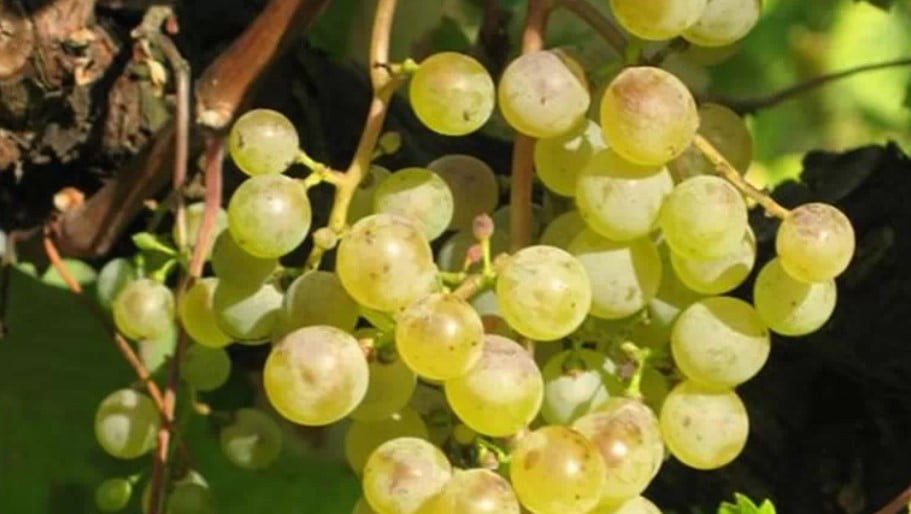
The cost of wine grape insurance will fall by more than 20 % on average in Spain
The percentage will vary depending on the mode that each farm has contracted.
The regulatory group of the General Commission of the State Entity of Agricultural Insurance (Enesa) met on Monday with representatives of the sector, Agroinsurance, the Insurance Compensation Consortium and the Autonomous Communities to approve the conditions for the insurance of grapes for wine, the cost of which will be reduced by more than 20 % on average in Spain as a whole, percentage which will vary for each holding according to the type of contract. In particular, the insured of this line, along with others such as extensive arable crops whose contracting begins on September 1, will be among the first to benefit from the extraordinary increase in state support for agricultural insurance.
The Council of Ministers approved on 25 June an extension of EUR 60 million for agricultural insurance policy and a significant reduction in operating costs. Agriculture has specified that this reduction in the cost of policies will encourage farmers who already have insurance renew the hiring and incorporation of new policyholders with the aim of protecting production from adverse weather events which are becoming more frequent. The compensation paid in 2021 amounted to about 90 million euros.
The amendments include price increases which, for the purposes of calculating possible compensation, have been approved for various grape varieties within and outside the designations of origin. In organically produced vineyards, the maximum insurance prices are increased by 8 % over the maximum unit prices of varieties not grown in this way.
In addition, a claim by the sector has been met in recent years and the maximum insurable yield in spring insurance (module P) has been raised again, a modality that covers, among others, the risk of pedrisco and frost in an eligible manner. In the previous revision of the line, this maximum insurable yield was increased from 14,000 to 16,000 kilos per hectare, and now rises again to 18,000 kilos per hectare in the case of red grapes, and up to 20,000 kilos in the case of white.
In addition, a tariff increase has been agreed in some regions, particularly in the Basque Country and La Rioja, to correct imbalances that have been occurring in the line of grapes for wine in these areas. However, the increase in the subsidies from the Ministry of Agriculture, as well as those that may correspond to the autonomous communities, will compensate in general for the increase in costs that may occur in those territories. In this sense, it is estimated that the cost to be paid by the winegrower, after deducting subsidies and applying the planned premium increases, will decrease on average by 14% in La Rioja.
SOURCE: LAVOZDEGALICIA.ES
